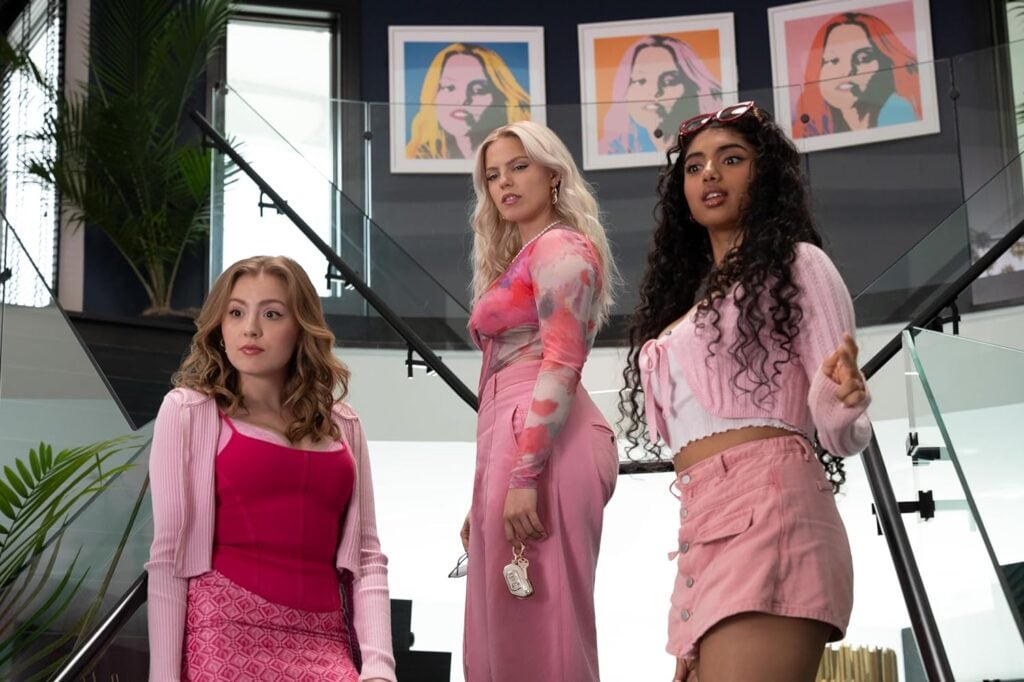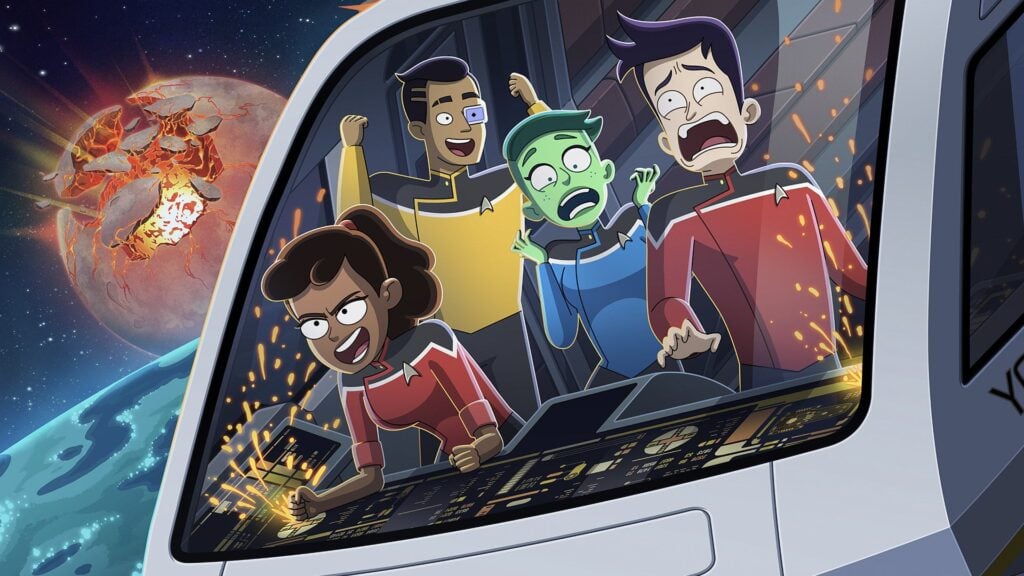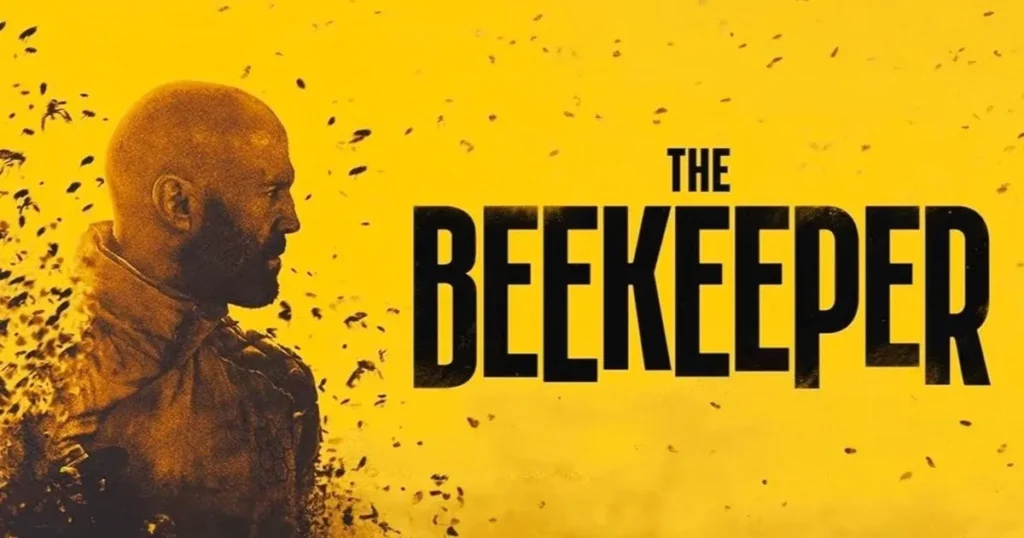For show notes, please visit our corresponding discussion thread.
Join Brian Dobbs and Sam Posten as they talk about movie aspect ratios, from their history, why we need them, and optical physics that help define them. Topics such as soft and hard matting, constant image height projection, and comparisons of television, computer and movie aspect ratios are explored.
Post Disclaimer
Some of our content may contain marketing links, which means we will receive a commission for purchases made via those links. In our editorial content, these affiliate links appear automatically, and our editorial teams are not influenced by our affiliate partnerships. We work with several providers (currently Skimlinks and Amazon) to manage our affiliate relationships. You can find out more about their services by visiting their sites.






Similar threads
- Brian Dobbs
- HTF Articles & Podcasts
2- Ronald Epstein
- Blu-ray and UHD
6 7 8